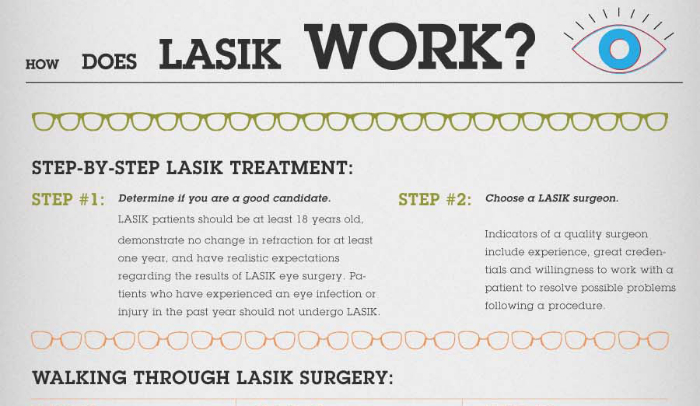The Extensive FAQ On Refractive Lens Exchange: Important Information You Need To Know
The Extensive FAQ On Refractive Lens Exchange: Important Information You Need To Know
Blog Article
Web Content Author-Blanton McLean
If you're considering refractive lens exchange, you possibly have a great deal of inquiries. This treatment could alter how you see the world, providing benefits like lowered dependence on glasses. However, it's essential to understand the procedure, dangers, and who qualifies as a good candidate. Allow's check out these important facets so you can make an enlightened decision concerning whether RLE is right for you.
What Is Refractive Lens Exchange and Exactly How Does It Function?
Refractive lens exchange (RLE) is a procedure developed to replace your eye's all-natural lens with a fabricated one, dealing with vision issues like nearsightedness, farsightedness, or presbyopia.
Throughout the treatment, your doctor makes a tiny incision in the eye, eliminates your natural lens, and inserts an intraocular lens (IOL) tailored to your vision requires. This outpatient surgical procedure generally takes about 15 to thirty minutes per eye and is done under local anesthesia.
You'll likely observe enhancements in your vision almost immediately, though total healing may take a few weeks. Mesa Superior LASIK Techniques is specifically valuable for those over 40 or with high prescriptions, providing a durable option contrasted to glasses or call lenses.
Your eye care professional can aid identify if RLE is right for you.
What Are the Conveniences and Dangers of Refractive Lens Exchange?
Picking refractive lens exchange can bring about considerable improvements in your vision, yet it's important to weigh both the benefits and dangers prior to deciding.
On the plus side, this procedure can boost your eyesight by fixing issues like presbyopia, nearsightedness, and hyperopia. Many patients delight in reduced dependancy on glasses or get in touch with lenses, which can significantly enhance their quality of life.
Nonetheless, it's crucial to consider possible dangers. Issues can include infection, glare, or halos around lights.
There's additionally a possibility of overcorrection or undercorrection, which might require additional procedures.
Who Is an Ideal Prospect for Refractive Lens Exchange?
If you're thinking about refractive lens exchange, it is essential to recognize whether you fit the profile of a perfect prospect. Usually, you may be a great candidate if you more than 40, experience presbyopia, or have high degrees of nearsightedness or farsightedness.
It's likewise critical that your vision is secure, suggesting your prescription hasn't transformed significantly in the past year. If you have cataracts or various other eye problems, you might benefit from this procedure also.
Nonetheless, certain factors, like unchecked diabetes mellitus or autoimmune illness, could disqualify you. To establish https://www.dailymail.co.uk/health/article-7685767/Former-FDA-advisory-urges-agency-BAN-LASIK-eye-surgery.html , talk to an eye treatment specialist who can review your particular circumstance and recommend the very best course of action tailored to your requirements.
Verdict
Finally, refractive lens exchange can be a transformative alternative for boosting your vision, particularly if you're over 40 or have a high prescription. While the benefits are significant, it's crucial to consider the risks and talk to your eye treatment professional to figure out if you're a perfect prospect. With the best information and advice, you can make an educated decision and perhaps take pleasure in a life with decreased dependence on glasses.
